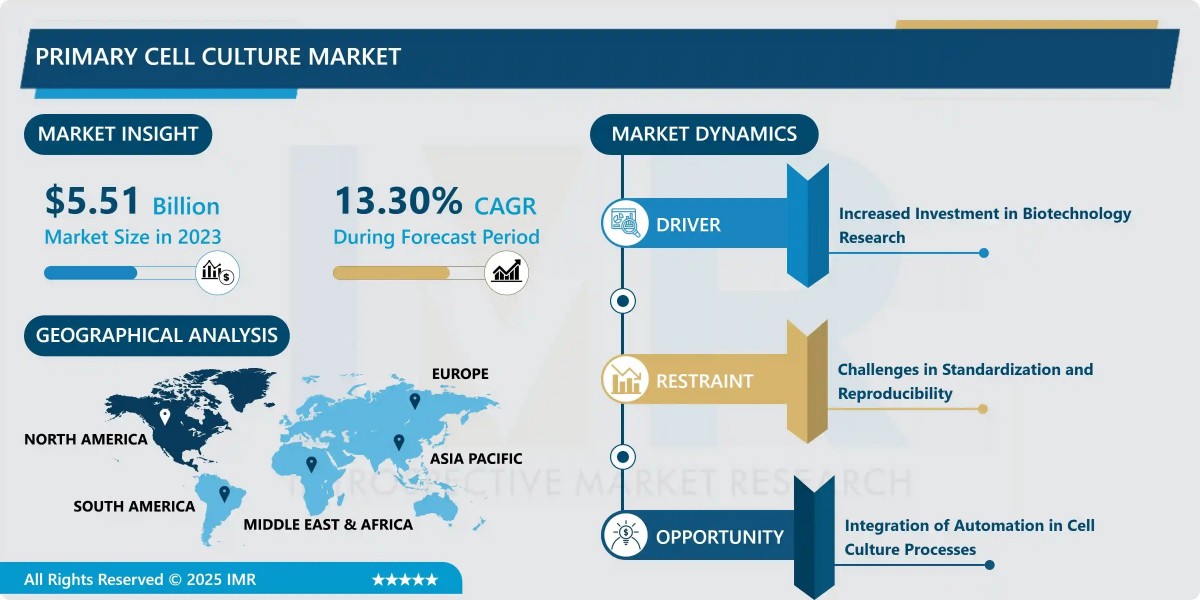Fault Current Limiter Industry - Industry expands with superconducting and smart devices addressing rising short-circuit currents in modern power networks.
The Fault Current Limiter (FCL) industry is characterized by a mix of mature manufacturers specializing in conventional FCL technologies and cutting-edge innovators focused on advanced superconducting and solid-state devices. This industry is highly competitive and R&D-intensive, with key players like ABB, Siemens, Eaton, and American Superconductor Corporation (AMSC) dominating different market segments. The industry's lifecycle is transitioning from traditional, passive solutions (like series reactors) to active, intelligent components, reflecting the broader energy transition.
A significant challenge for the industry remains the high initial cost and technical complexity, particularly for Superconducting FCLs (SFCLs), which require cryogenic cooling systems. Despite this, increasing regulatory pressure and utility grid modernization mandates are creating a favorable business environment. Industry growth is also being fueled by strategic collaborations and acquisitions, such as manufacturers partnering with material science companies to improve superconductor performance and lower production costs. The industry's focus is on developing more compact, energy-efficient, and digitally integrated FCLs that can seamlessly operate within smart grid environments, offering real-time monitoring and predictive maintenance capabilities. Standardization and the development of performance benchmarks for newer FCL technologies are also crucial areas of industry focus to accelerate wider commercial adoption.
FAQs on Fault Current Limiter Industry:
Q: What is the main barrier to mass commercialization for Superconducting FCLs (SFCLs)?
A: The primary barrier is the high upfront cost and complexity associated with the cryogenic cooling systems required to maintain the superconducting state, although advancements in High-Temperature Superconductors (HTS) are gradually mitigating this.
Q: How is the FCL industry addressing the need for smart grid integration?
A: The industry is developing FCLs with integrated sensors and digital communication capabilities (IoT), enabling them to be remotely monitored, diagnosed, and controlled, which is essential for the distributed, dynamic nature of smart grids.
Q: What role do utility regulations play in the FCL industry's growth?
A: Stricter utility safety and reliability standards, along with government mandates to upgrade aging electrical infrastructure, compel power companies to invest in advanced protection devices like FCLs to maintain system stability and reduce outage times.








